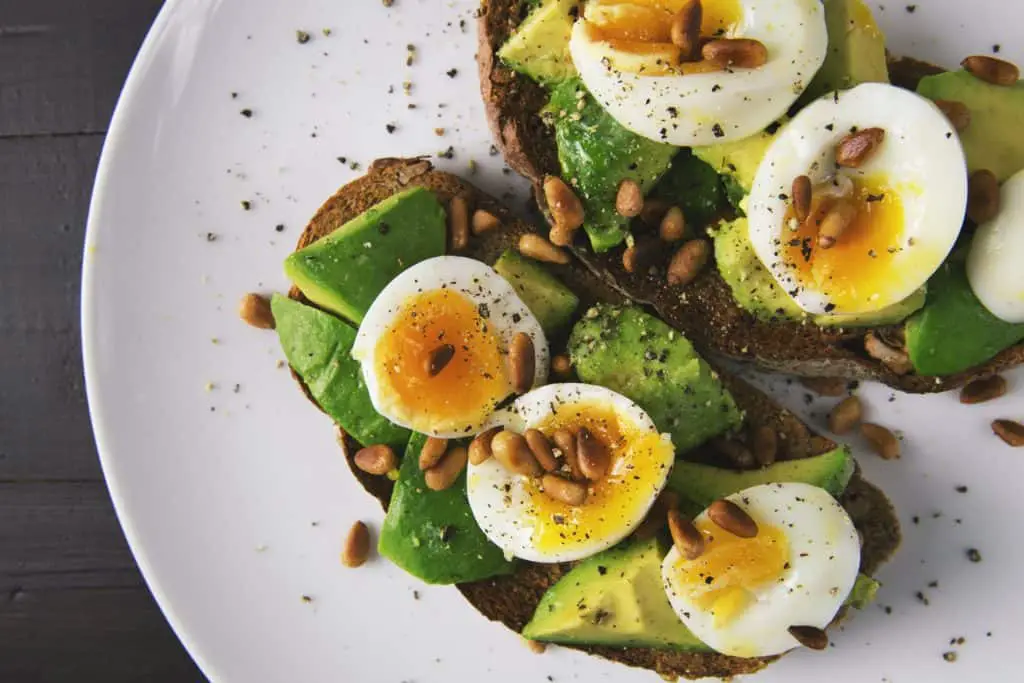
When you’re ready to get pregnant, couples often want to know when to focus their efforts. Most women have a window of time during each monthly cycle when they are the most fertile. It’s during this fertile window that people want to try to get pregnant. Intercourse outside of the window can be fun, but when it comes to pregnancy, it won’t be fruitful.
There are plenty of ways to track your fertility when you want to get pregnant. Some people simply follow the number of days past the start of their last period. Others will track their cervical mucus. And others find it easier to measure their hormones using ovulation sticks. Additionally, couples find it beneficial to consume foods that boost their fertility as well. When you want to get pregnant, here’s how you can track your fertility window and what you should be eating throughout the month to increase your chances of getting pregnant.
How to Track Your Fertile Window
Most women have a fertile window that lasts up to six days. This means that for them, they can only get pregnant during one of those days. Tracking your fertility is all about learning when your particular window of opportunity is during the month.
Start by Tracking the Length of Your Cycle
You want to start by tracking how long your cycle is each month. By tracking it on a calendar or in a diary you can easily know after a few months how long your average cycle lasts between periods. Because ovulation usually happens 14 days before your next period starts, it means that a cycle length of 25 days would estimate ovulation happening around day 11 after the start of your period. If you have a longer cycle length, like 31 days, it would mean ovulation would be happening 17 days after the start of your period.
Use Ovulation Test Kits
Once you have an idea of when ovulation could happen, using ovulation sticks and test kits can be beneficial as well. These kits track your hormone levels. When you are producing enough of the hormones that your body releases during ovulation, the sticks will show a positive result. If there isn’t enough hormone, the stick will be negative. This can be used as a natural way to prevent pregnancy as well as determine when you should try and get pregnant.
Pay Attention to Cervical Mucus
Your body has other indicators that ovulation is happening or about to happen. Your cervical discharge changes during ovulation. The level of mucus increases as well. This means that you should notice heavier flows of mucus when you’re in the ovulation window than you do at other times of the month.
Measuring Basal Body Temperature
When you want to know when you are ovulating, some women find it helpful to track their basal body temperature in the mornings. This requires a very accurate thermometer to track those minute differences in temperature. Some thermometers are now connected to smartphone apps and can help you track your fertility as well. You can use the app to measure temperatures and input other helpful details.
Eat Fertility Boosting Foods
While tracking your ovulation and cycles can greatly increase your chances of getting pregnant, it’s also important for both males and females to eat foods that boost their fertility. Some cultures know these foods intuitively, but science has also proven the benefits of the following foods when it comes to increasing fertility.
High Fat Foods
You may have been told a diet high in fat is bad for you, but the truth is that natural fats from animal sources are highly beneficial, especially for fertility. Eat whole eggs from pasture-raised chicken, dine on wild-caught salmon, and enjoy full-fat dairy. All of these foods contain essential nutrients that improve fertility.
Dark Leafy Greens
Want another reason to enjoy kale and collard greens? They are filled with natural vitamins like E, magnesium, and calcium. Additionally, foods like broccoli, asparagus, and oranges all contain natural folic acid. This nutrient not only boosts fertility, but it also helps promote a healthy baby during pregnancy.
Enjoy More Legumes
Beans and lentils are another great addition to your diet when you’re trying to get pregnant. Enjoy fresh veggies with hummus dip, or enjoy a warm bean soup in the months leading up to getting pregnant. All of these tips should help you and your significant other on your journey to parenthood.
